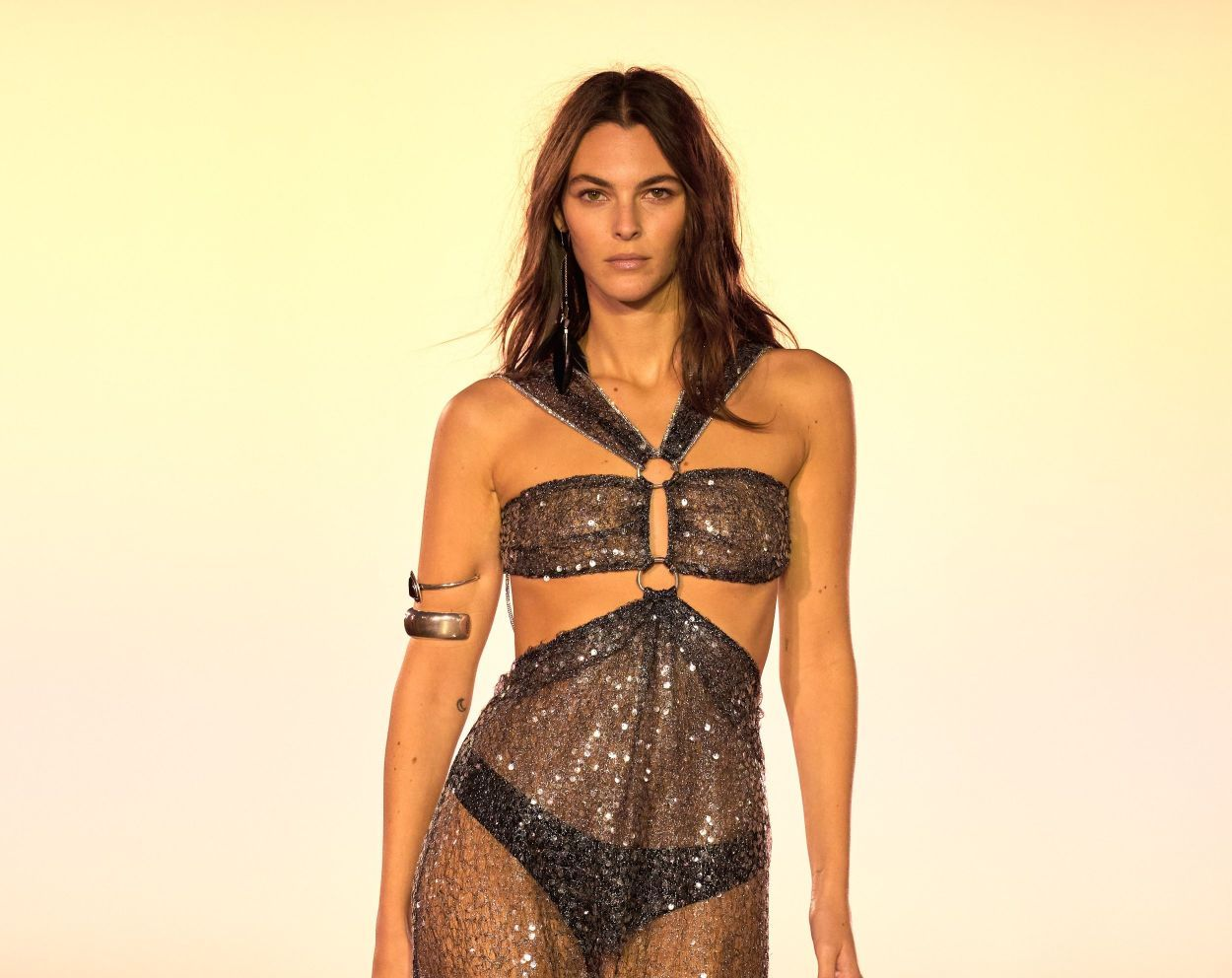Interview: Casey Cadwallader puts contemporary fit on Mugler heritage
Sep 19, 2022
Not just looking to the past and moulding memories into visions, Casey Cadwallader reworks and reinvents the Mugler heritage for a more exciting and contemporary fit. The creative director of the French fashion house speaks to Zaneta Cheng and Stephenie Gee about empowering women and creating inclusivity
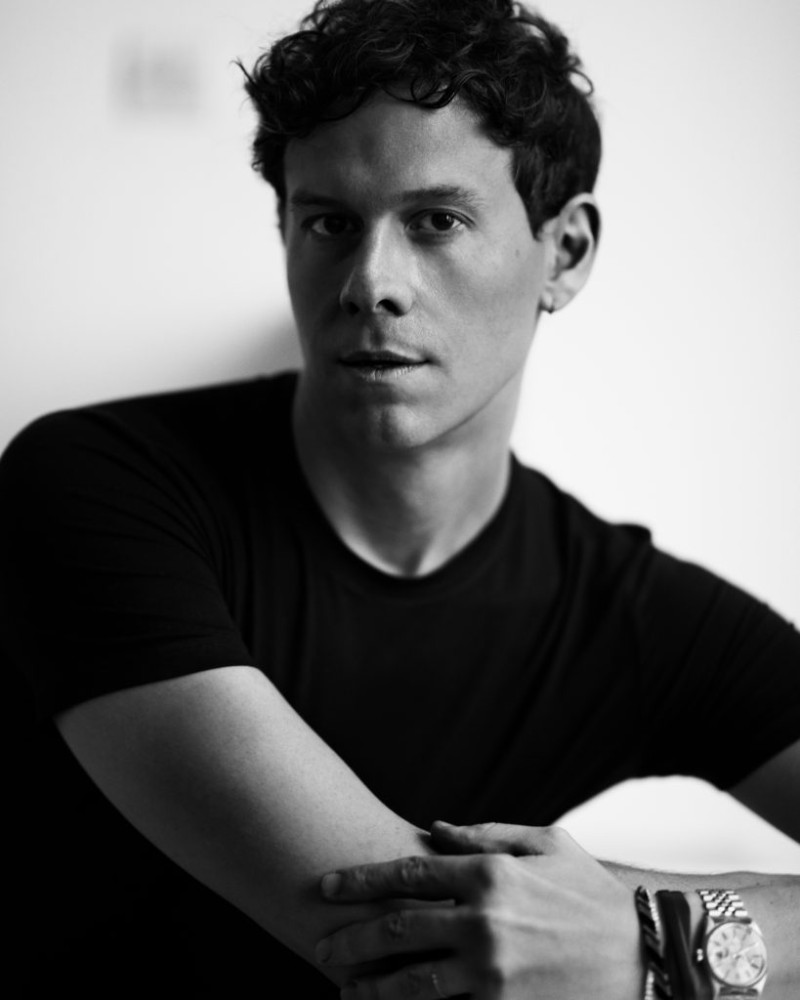
It’s never easy carrying on the legacy of an icon but if there’s anyone that knows how, it’s Casey Cadwallader. More than proudly upholding founder Thierry Mugler’s vision of helping women to assert their personality and spotlighting their beauty, Cadwallader pushes it forward – from his first collection with the house that saw a diverse cast of models to his architecturally informed garment designs and constructions that have seen the transformation of the iconic 1992 motorcycle-inspired rigid corset to one that is breathable and flexible. But more than creating a limitless and inclusive world where women are cast as heroines, perhaps it’s simply reinventing oneself that lies at the heart of the Mugler brand.
“The essence of Mugler is this dream of completing oneself and pushing oneself into the world and living up to your dreams of yourself and your own personal development. And to really believe that no matter who you are and where you come from, you can do exactly what you’re on the planet to do, what you believe is your destiny. I think that’s the real Mugler mission,” says the American designer. “I want to communicate what has always made Mugler so special and singular – the sculpture and craft of Mugler clothing, and the way it enhances and celebrates the body. I want to make people feel their very best, sensual and confident, to bring them joy and excitement.
“Mugler is also about culture, performance, creating a family of strong and fascinating individuals, the culture we can create together. I want to keep Mugler open for everyone, regardless of body shape, age, gender or colour. I want everyone to know that they are thought of and designed for at Mugler.”
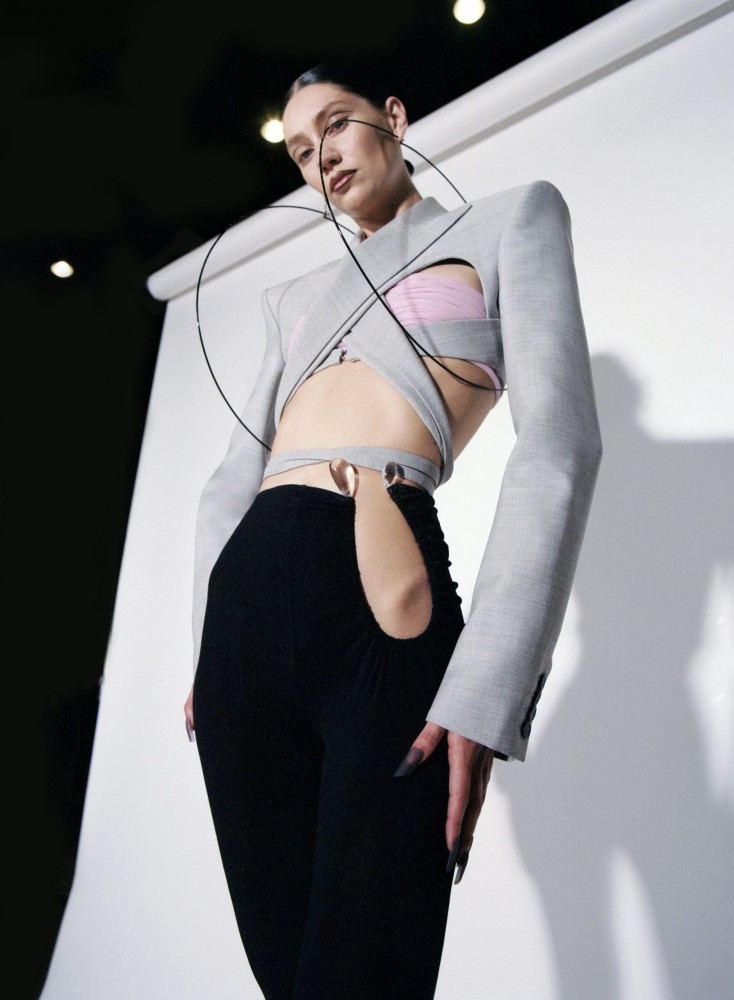
How would you describe Mugler?
Mugler is a fashion brand that has two main elements, one is the kind of clothing we make, which is bold and strong that makes people feel very confident and makes people excited to wear. The clothes that we make are very innovative in terms of materiality and they are very body-conscious and sculptural, which makes them very recognisable as Mugler and that couldn’t come from anywhere else.
The second element is the culture around Mugler which is mainly about celebrating people, celebrating who they are, independent and not afraid to be themselves, and celebrating that all body types are beautiful, all ages are beautiful, different ethnicities are beautiful and every expression of gender is beautiful.
Also see: Former Lanvin designer Lucas Ossendrijver teams up with Theory
When did you first become aware of Mugler and what about it caught your attention?
I grew up in Bedford, New Hampshire, a relatively small town with 20,000 people. It was a very nice setting with lots of woods. The only fashion that was around me was my mother. At a very young age, I became interested in Prince and George Michael and then Janet Jackson and Madonna and watched a lot of MTV. I knew where I grew up was very different from the rest of the world. And I was excited to find the rest of it. And so that’s kind of how it started.
I think I knew when I came to Mugler that there were two big things needed to allow Mugler to move on, and half of them had to do with clothing and creativity and the products, and the other half of it had to do with culture, whether it be pop culture or music culture or red-carpet culture or the art world and the stage. I knew that if those two things both weren’t hitting that it wouldn’t be what it used to be. So, I think that’s really where my focus began.
There’s such a vast variety in the archive and so many different focuses. So, it makes it really exciting to be able to move around in between them all because you have very fluid, very feminine, very decadent draped things. You also have very masculine, very sharp, very constructed tailoring. Those two elements are my starting points, and they’re intentionally opposites. Because, although we make small collections, I like them to be vast in their reach and what they’re trying to tackle, because I think people dress today in little fragments of different typologies.
In general, when it comes to clothing, for me Mugler is about a couture cut, no matter what it is. And an anatomical cut, no matter what it is. And sculptural, no matter what it is. I think these are the recurrent themes that kind of have to be there or else it doesn’t feel Mugler enough.
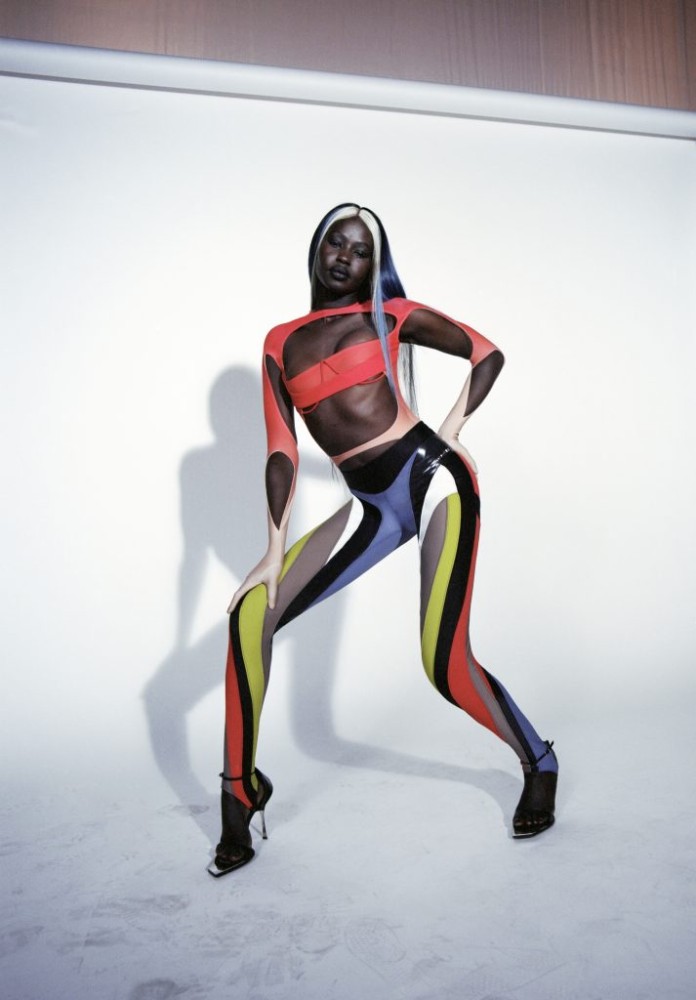
You were trained as an architect – how has that experience influenced you and your designs?
The architecture school I went to is really about concepts, designs and ideas, and how to best express your ideas to your audience. It’s not a place where you stress about the structural load of your staircase that you’re putting in the building, and what kind of concrete you’re using, so much as trying to ask, “Why is this building important to the world? What does it mean to the city that it’s being put in? What does it mean to the people that use it? What does it mean to the field of architecture in general?”
In the end, it made me a designer who’s trying to say something and to make sure what I’m doing says that clearly to someone else. That’s something that I got from architecture school. And I think that building a building is about construction, materials and details, and so is building a dress or a jacket – it’s so much about knowing your material, how to detail it, knowing what it can do and what it can’t do and how to push it further. In a way, both things are construction and I’ve always been studying that since I was in school.
How did you go from architecture to fashion? What about the fashion industry attracted you?
Growing up, I really bounced around wanting to be many different things. It started in a more scientific way. Architecture was in my family, as my father and grandfather both worked in architectural material sales, so he constantly had big sets of blueprints in the house and was marking them up. I think I was very influenced by seeing him do that.
When I got more serious about wanting to be an architect, I applied to Cornell. I was always really interested in fashion, but more for myself. At Cornell, there was a textile and apparel design department for which once I was asked to model in the graduate fashion show (when I learnt of its existence), and then I petitioned with friends to be able to join another department. They let us in, but the deal was that you had to make all of your own patterns and sew every stitch yourself. I had no idea how to do any of those things, and I basically did it intuitively.
Also see: Queen Elizabeth II: 12 memorable fashion moments
I made 3D models of my models so that I could work on their exact bodies in my apartment from like 2am to 4am. Architecture school at Cornell is notoriously tough and people don’t sleep. I put a lot of needles through my finger at four in the morning, that’s for sure. I did this very “bricolage” thing – it was all about moulding the body in different kinds of tape and then cutting it apart and adding zippers. And just from doing that show, one of my friends, who was also an architect, got an internship at Marc Jacobs.
Then at the end of the summer, Marc needed more people right before the show. So, they invited me to come and they basically fell in love with me, and offered me an internship the next summer. Once I saw what I had access to inside of the industry, I was stunned. I think I was on the floor at three in the morning cutting metal sequins off the seam allowance so they could put together a dress for the show the next day. I realised that I just love the energy.
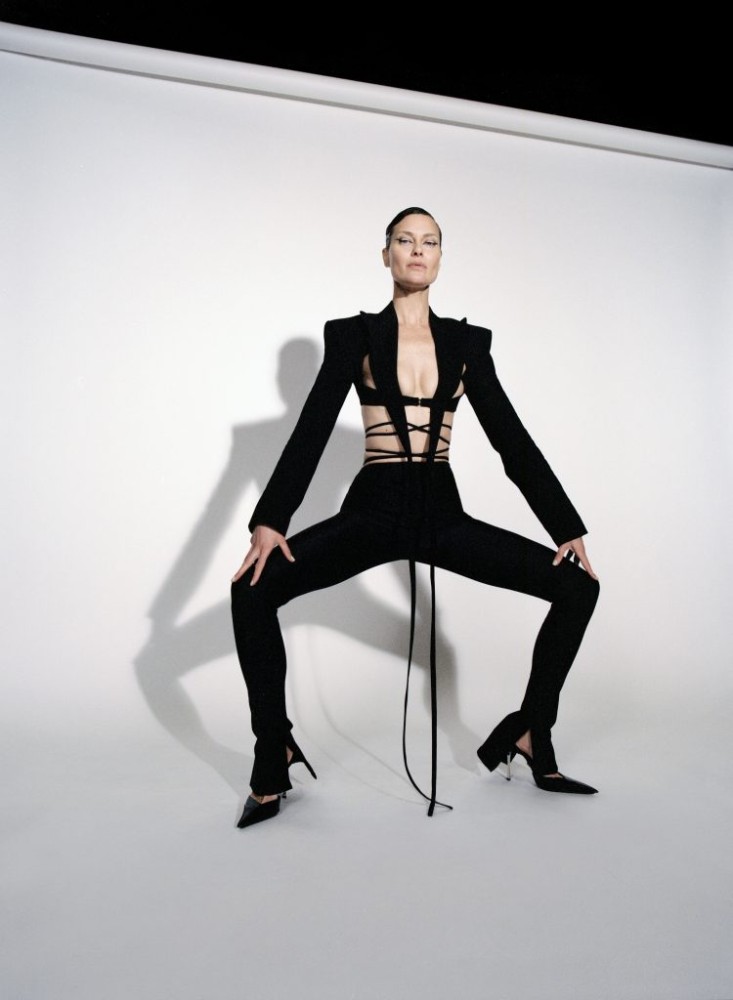
What are the values that lie at the core of your designs? What do you want people to feel when they wear Mugler?
The decisions that you make as a creative director are about how you should show the world beauty and what you choose to curate to show people and who you choose to represent the brand. It can be so influential and can open people’s minds and really make people feel a part of something and make them feel like they’re not alone. I think that’s something Mr. Mugler really created. It was a place of acceptance, it was a place of open-mindedness, it was a place where you could shine, where you could be your best and you knew you were welcome.
I think I realised early on not only the responsibility I had but also that there’s something so special in being a director where you get to build your world. And I realised that by making good choices my work life would be so fulfilling and so rich and so exciting for me. It really comes naturally choosing to work with models who don’t have the old idea of classical bodies – super tall, super skinny with no breasts – all of that is fine and can be very beautiful, but a woman who happens to be a little shorter who has large breasts or a big curvy butt and is not a size 36 but a size 46 can be just as strong and beautiful.
By making the decisions that really come from my gut and sticking with what I feel is right, I think I’ve been able to make people feel very welcome and really appreciated and make a lot of people feel very beautiful who didn’t think necessarily that fashion was there for them. I really want to show that Mugler is there for everybody.
Where do you get your inspiration? What inspires you as a creative director and a fashion designer?
I inspire myself by looking at so many kinds of design, sculpture, paintings, furniture, architecture, jewellery and industrial design. My inspirations are always fragmented, about mixing a million things together in my head, and then seeing what comes out on paper.
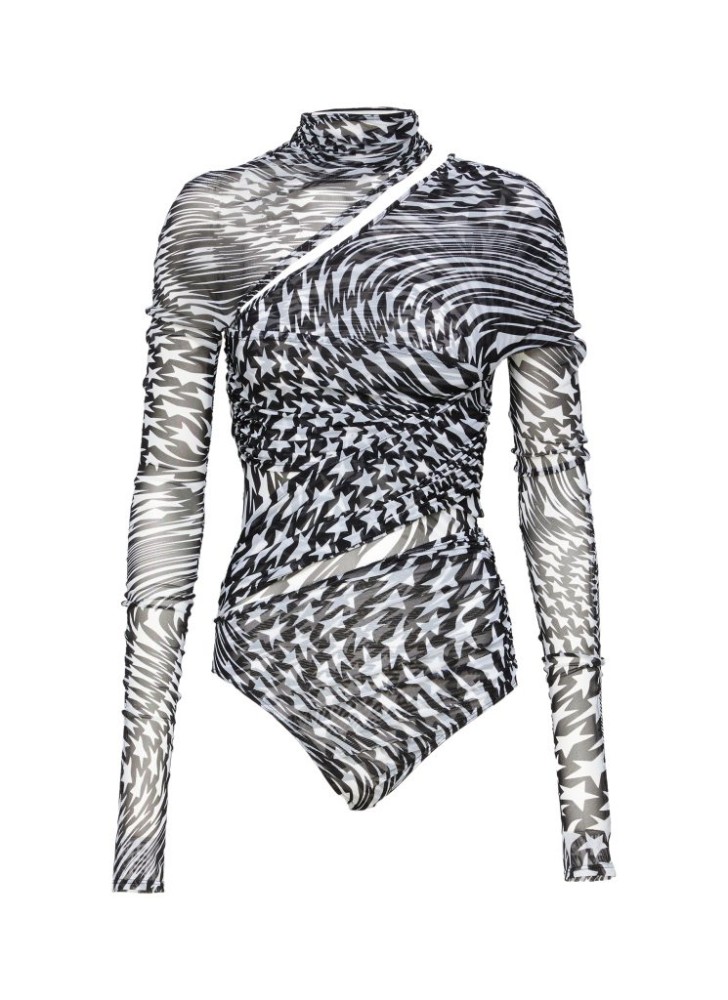
How are you paying homage to Thierry Mugler while bringing creative ideas and flair to the brand?
When I took over the house, there were very big shoes to fill, something that evolved for me over the years. First, it was my duty to know about the history of Mugler, the DNA of the company and what made it so special. I didn’t want to just copy Mr Mugler, I wanted to have my own hand on things, to have my own look. It’s the hybrid of respecting the legacy and paying attention to it and studying it, but then also processing that to see what comes out naturally. Over the years, that has become more second nature to me but yes, the number one rule is respecting the foundation that you work upon.
Who is the Mugler woman?
She is confident and very independent, very free, and assertive and soft, her purpose is that she is here with a dream, and she is here on this planet to turn her dream into real life. She seeks out her destiny and achieves that dream. Both iconic and innovative by the mixture of couture and sport, Mugler is here to elevate everyone’s daily life. When you put on a Mugler jacket, it makes you feel special. It makes you ready to seize your day. I think modern femininity is knowing that there is variation in the spirit, and to not reducing someone to just one type of woman she might be. It means to have a very open mind about how femininity can change from person to person but, not just that, even within the same person from moment to moment. One woman can be tough and masculine and can also be feminine and fragile – it can all happen in one person at different times.
Also see: Yves Saint Laurent’s Love exhibition an ode to Morocco





























